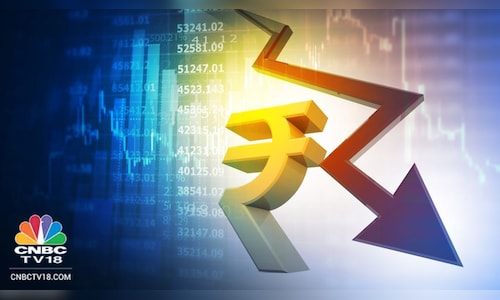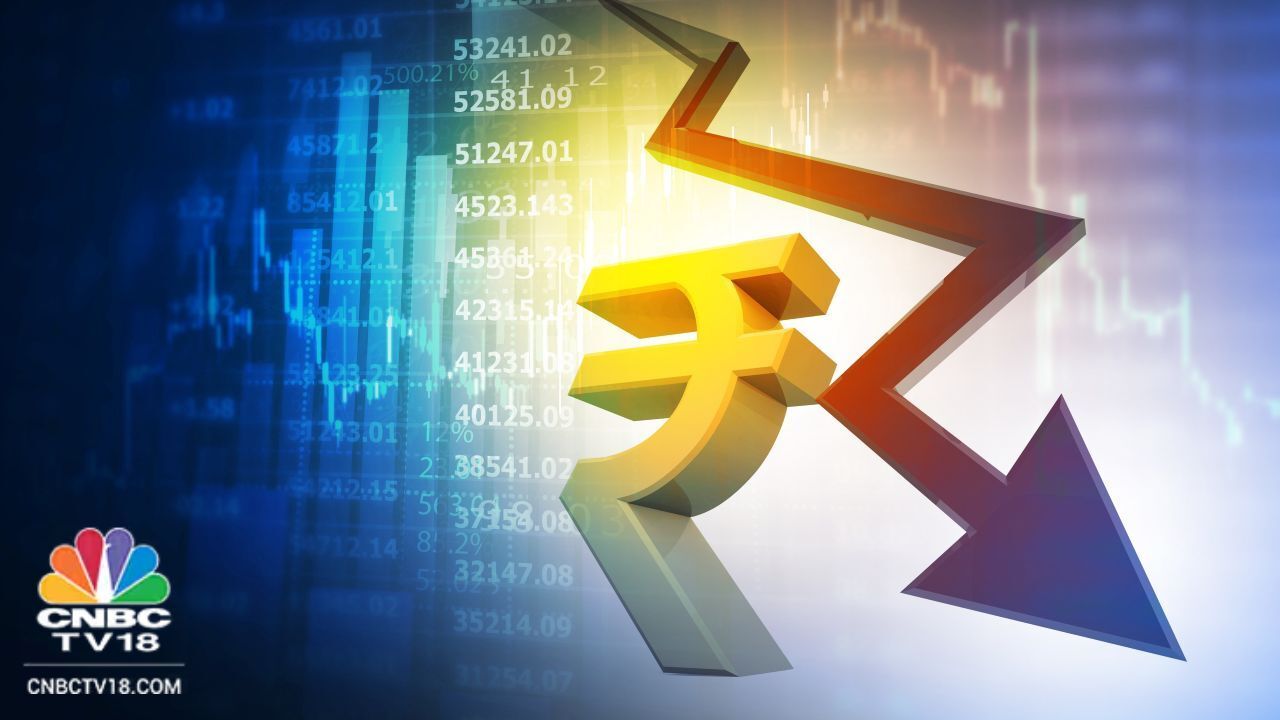

| Company | Value | Change | %Change |
|---|
The rupee settled at new lows as the dollar’s resurgence took a toll on emerging-market currencies. Throughout the action-packed year, a series of geopolitical events—including the Russia-Ukraine war, the crisis in the Middle East, and trade disruptions in the Red Sea—impacted exchange rates, including that of the rupee.
Global factors, including measures by major central banks, not only affected the rupee-dollar dynamics but also disrupted exchange rates of other emerging-market currencies. Notably, the rupee’s decline against the dollar was less severe compared to its performance against other currencies, with the rupee actually gaining against the euro and the Japanese yen.
Shaktikanta Das, former Governor of the Reserve Bank of India (RBI), noted that the Indian rupee had remained less volatile compared to its peers in emerging markets. However, the RBI has been actively stabilizing the rupee-dollar rate due to increased demand for the U.S. dollar, driven by India’s oil imports and a widening trade deficit.
“The RBI was also seen intervening actively in NDF (non-deliverable forward) markets to prevent sharp depreciation of the rupee,” said Naveen Mathur, Director of Commodities & Currencies at Anand Rathi Shares and Stock Brokers.
India’s foreign exchange reserves dropped from a record high of $704.89 billion in late September to $644.39 billion on December 20, 2024—the lowest level in nearly six months.
The rupee depreciated against the dollar by nearly 3% from ₹83.19 on January 1 to ₹85.59 on December 27, with a record drop of ₹2 in the last two months. The rupee breached the crucial ₹84 level on October 10, surpassed the ₹85/$ mark on December 19, and reached a lifetime low of ₹85.80 during intraday trading on December 27.
However, the rupee saw gains against the Japanese yen, rising 8.7% from ₹58.99 per 100 yen on January 1 to ₹54.26 on December 27. Similarly, it appreciated by over 5% against the euro, from ₹93.75 on August 27 to ₹89.11 on December 27.
Experts attributed the rupee’s performance to the unprecedented strength of the U.S. dollar, fueled by improved macroeconomic factors in the U.S. and geopolitical concerns, particularly the U.S.-China trade tensions. The dollar outperformed the market, gaining 6.9% in 2024, as the U.S. economy showed strength and concerns about Europe’s economy grew.
The most significant weakness in the rupee occurred between October and December, due to substantial outflows of Foreign Institutional Investments (FII), which amounted to around ₹1.70 lakh crore. This pressured the rupee’s performance.
Looking ahead, analysts project a relatively stable outlook for the rupee in 2025, expecting it to trade between ₹82 and ₹87 against the dollar. “A potential recovery could be supported by government policy measures and improvements in domestic economic growth,” said Ajit Mishra, Senior Vice President of Research at Religare Broking Ltd.
In 2025, global events—such as the U.S. Federal Reserve’s interest rate decisions and President Donald Trump’s trade measures—are expected to influence currency trends. “If the Trump administration adopts an ultra-protectionist stance, it could disrupt global trade and capital flows, leading to volatility,” said Anindya Banerjee, Senior Vice President at Kotak Securities.
India’s projected 6.5%-7.5% economic growth in 2025 could support the rupee, while monetary easing by the RBI to stimulate growth could place downward pressure on the currency.
“For 2025, we expect the rupee to fall to ₹87/USD, with an upside potentially limited to ₹83,” said Anuj Choudhary, Research Analyst at Mirae Asset Sharekhan. He also noted that a potential fiscal stimulus in China and a slowdown in the U.S. economy could support the rupee later in the year.



